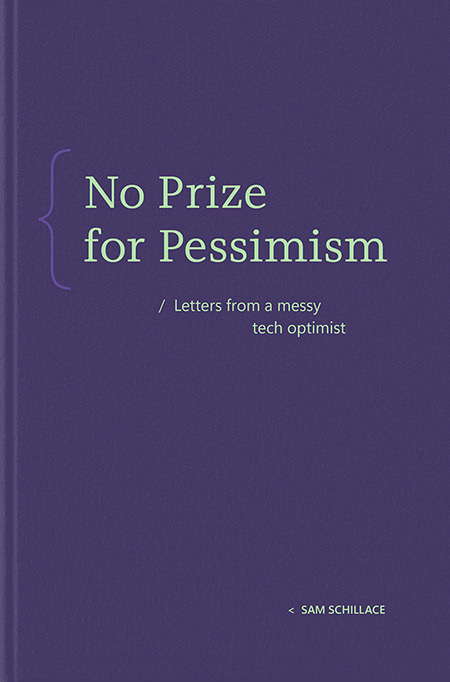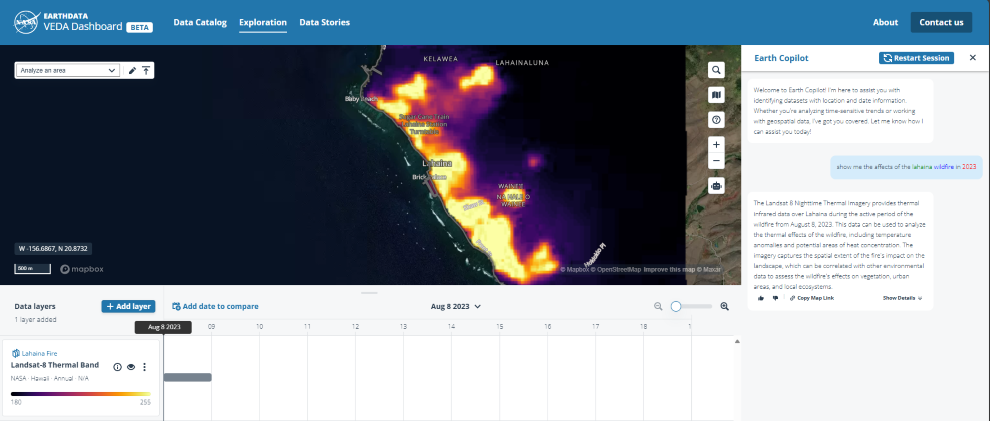Learn governance from Microsoft Digital, Microsoft’s own IT department
Just because you build it (or implement it) does not mean employees will simply adopt it. It takes planning, discussion, and communication.
Good rollout methodologies do include good implementation – implementation based on planned compliance and adherence to our privacy and security policies. At Microsoft, our IT team balances employee self-service with managed guardrails to protect the business. As we scale any solution, app, or service scales for use by our employees and guests, we focus on end user readiness, adoption, and proactive feedback loops that lead to informed decisions and course correction.
This article provides insights directly from Microsoft Digital, Microsoft’s own IT department (formerly MSIT). Microsoft Digital is using the advent of generative AI to reexamine and transform our entire IT infrastructure, to empower our entire workforce. The rapid advancement of AI is enabling us to rethink every dimension of IT, from the apps, workflows, and services that power our employee experience, to the network, infrastructure and devices that power our employee productivity, grounded by content that adheres to levels of access, policies, and labels (classification). You’ll discover lessons learned and best practices from the breadth of activity and decisions Microsoft Digital reasons over our broader “global landscape” (see below graphic).
PowerPoint slide screenshot: The global landscape “by the numbers” – scale of activity and resources within the Microsoft’s Microsoft 365 tenant, as presented by the Microsoft Digital team at a recent external event.
“We engage Microsoft employees. We hear their feedback, and we work to close the loop. We learn from employees (about) what’s working and what’s not and incorporate that into our adoption approach with governance in place.”
– Eileen Zhou (Senior Program Manager, Microsoft Digital)
The degree of formality and the depth to which you need to document the governance plan should align with the outcomes you want to achieve. The vision, thus, provides a framework for both the context and investment in governance. Microsoft 365 creates new paradigms for technologies to support the business. These new paradigms change the way these technologies are adopted, managed, and governed.
Take a moment to review two videos presented by Microsoft Digital – one focused on governance when considering adoption and rollout of Microsoft Copilot and one that focuses on broader guidance when assessing the whole of your Microsoft 365 tenant. Below the video, you’ll find additional insights and common resources to help guide and plan your approach to governance at your organization.
Two insightful “How Microsoft does it” videos
“Governance and admin in the era of Copilot” presented by Eileen Zhou (Senior Program Manager) and David Johnson (Principal PM Architect). Sit back and learn how Microsoft empowers its own employees with guardrails and governance to set ourselves up for success with Copilot for Microsoft 365. Hear direct from our deal who plans for a mitigates how we deal with oversharing and sprawl. You’ll discover what you can do today and where we and technology are headed. Watch now:
“Tenant governance best practices” presented by David Johnson (Principal PM Architect). Learn from Microsoft IT what it considers to be must-do tips and best practices to govern a Microsoft 365 tenant, end-to-end. You’ll hear and see insights about how an enterprise deals with sprawl, oversharing, and compliance – while empower employees to work together and move the business forward – with fewer missteps. Watch now:
Taking it all in…
Your investment in Microsoft 365 is only as good as the value of the content and experiences you enable – so thinking about governance at the start of your journey ensures that you neither lock down or enable too much before you have had a chance to understand and evaluate the implications of each decision. There are multiple “knobs and dials” you can turn in Microsoft 365. An effective governance plan is critical to achieve business goals – but governance is about balancing risk with benefits. If we lock everything down, people will find a way to work around the rules if they need to do so to get work done.
Thinking about governance first allows you to:
Balance risks and benefits.
Adapt to different organizations and different types of content and scenarios.
Align to business priorities.
PowerPoint slide screenshot: Ten steps for getting tenant data governance right with Copilot for Microsoft 365, as presented by the Microsoft Digital team at a recent external event.
Your organization might require that you implement strict controls on how these teamwork tools are used; naming and classification (sites, groups, files, calendars, etc.); whether guests can be added as team members, and who can create them. You can configure each of these areas and more. And we are here to help guide you to the best related customer evidence, documentation, blogs/articles, and videos – all found below in one place.
Keeping it all connected and secure is key to a consistent experience. Microsoft 365 teamwork is built on an intelligent fabric that provides a seamless connection between people and relevant content, with the Microsoft Graph, a single team identity across apps and services, and security and compliance with centralized policy management.
Related resources
“How Microsoft does IT” (adoption.microsoft.com)
Create your own collaboration governance plan (Microsoft Learn)
What is collaboration governance? (Microsoft Learn)
Microsoft 365 Governance Questions (SharePoint, Teams, Viva Engage, OneDrive, and more) by Susan Hanley, Information architect, founder, and president of Susan Hanley LLC (Updated July 25, 2024)
“Deploying Copilot for Microsoft 365 and AI at Microsoft with our works councils” by Lukas Velush (Inside Track)
Ultimately, the success of your governance planning efforts depends on how well you have communicated expectations to the members of your organization.
Thanks for your time and happy governing, Mark Kashman
Microsoft Tech Community – Latest Blogs –Read More












